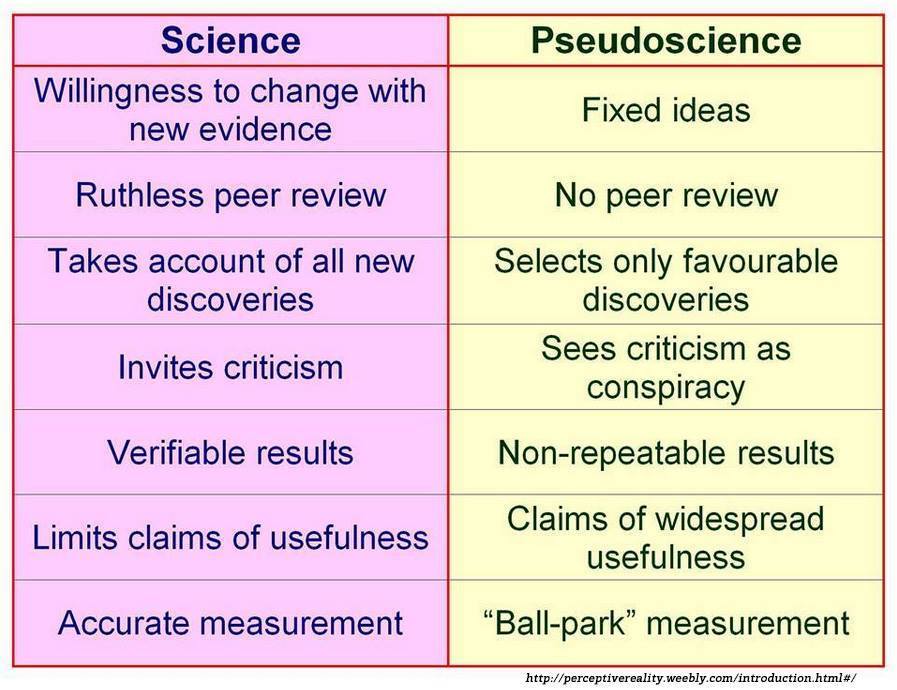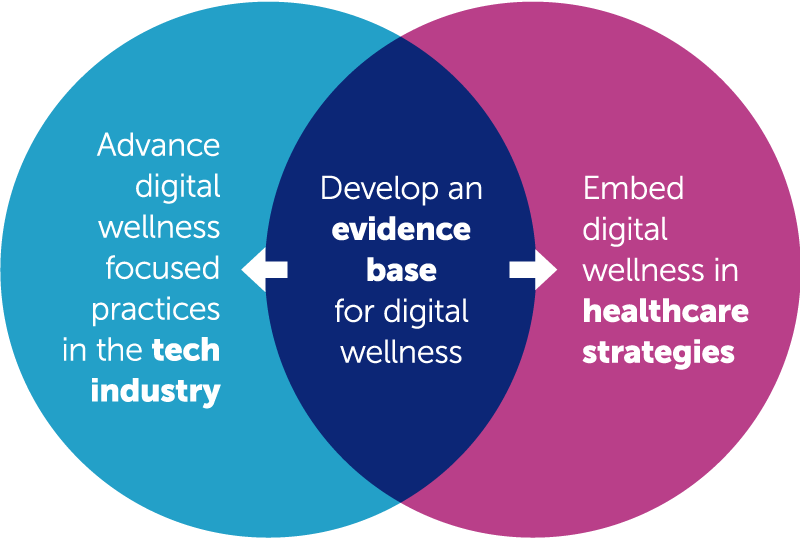Science vs Pseudoscience: Understanding the Critical Differences
What distinguishes science from pseudoscience
The ability to distinguish between legitimate science and pseudoscience has become progressively important in our information rich society. While both may appear to offer explanations for natural phenomena, they differ essentially in their methods, evidence standards, and commitment to truth.
Science represent a systematic approach to understand the natural world through observation, experimentation, and peer review. Pseudoscience, conversely, mimics scientific language and appearance while lack the rigorous methodology that define genuine scientific inquiry.
The scientific method: foundation of legitimate research
Authentic science follow an intimately establish methodology that ensure reliability and reproducibility. This process begin with careful observation of natural phenomena, follow by the formation of testable hypotheses. Scientists so design control experiments to test these hypotheses, collect data that can either support or refute their initial predictions.
The scientific method emphasize falsifiability, mean that any legitimate scientific claim must be structure in a way that allow for potential disproof. This principle, establish by philosopher Karl Popper, ensure that scientific theories remain open to revision when new evidence emerge.

Source: goodsitesforkids.org
Peer review serve as another crucial component of the scientific process. Before publication, research undergoes scrutiny by other experts in the field who evaluate methodology, data analysis, and conclusions. This system help identify flaws, biases, or errors that individual researchers might overlook.
Characteristics of pseudoscientific claims
Pseudoscience frequently employs scientific sound language while avoid the rigorous standards that define legitimate research. Several key characteristics help identify pseudoscientific claims and distinguish them from authentic scientific work.
Falsifiability represent a primary red flag in pseudoscientific thinking. Claims that can not be tetestedr potentially disproven fall outside the realm of science. For example, assertions about supernatural phenomena frequently resist empirical testing, make them scientifically meaningless disregardless of their truth value.
Cherry-pick evidence constitute another common pseudoscientific practice. While legitimate science consider all available evidence, pseudoscience tend to highlight only data that support predetermine conclusions while ignore contradictory findings.
Pseudoscientific claims oftentimes rely on anecdotal evidence preferably than control studies. Personal testimonials and isolated cases may seem compelling but lack the statistical power and control conditions necessary for scientific validation.
Evidence standards and quality control
The quality and rigor of evidence represent peradventure the virtually significant difference between science and pseudoscience. Legitimate scientific research employ multiple safeguards to ensure data reliability and minimize bias.
Control experiments form the backbone of scientific evidence. By cautiously manipulate variables while keep others constant, researchers can establish causal relationships between phenomena. Control groups help eliminate alternative explanations for observed effects.
Statistical analysis provide another layer of quality control in scientific research. Proper statistical methods help researchers determine whether observed differences or correlations are likely due to real effects quite than random chance. Sample sizes, confidence intervals, and p values all contribute to this assessment.
Replication serve as the ultimate test of scientific validity. Independent researchers must be able to reproduce experimental results use the same methods. When multiple studies systematically produce similar findings, confidence in those results increase considerably.
The role of authority and consensus
How science and pseudoscience treat authority and consensus reveal another fundamental difference between these approaches. Legitimate science build consensus through evidence and open debate, while pseudoscience frequently rely on appeals to inappropriate authority or manufactured consensus.
Scientific authority derive from expertise, training, and demonstrate competence in relevant fields. Nevertheless, yet establish scientists must support their claims with evidence. The scientific community regularly challenges and revises accept theories when new evidence warrant such changes.
Pseudoscience often appeal to authority figures who lack relevant expertise or credentials. Celebrity endorsements, testimonials from individuals with impressive but unrelated qualifications, or citations of discredit researchers all represent inappropriate appeals to authority.
Scientific consensus emerge gradually through accumulation of evidence and peer review. This process can take years or decades as researchers conduct studies, debate findings, and refine understanding. Pseudoscientific consensus, by contrast, oftentimes appears manufacture or base on ideology quite than evidence.
Language and communication patterns
The way scientific and pseudoscientific claims are communicated reveal important differences in underlie methodology and confidence levels. These communication patterns can help identify the nature of various claims.
Scientific language tend toward precision and qualification. Researchers acknowledge limitations in their studies, express appropriate uncertainty about conclusions, and avoid overstate results. Terms like” suggests, ” ndicate, “” ” ” liminary findings ” r” ect this careful approach.
Pseudoscientific communication ofttimes employ absolute language and grandiose claims. Phrases like” prove definitively, ” iraculous breakthrough, “” ” ” olutionary discovery ” s” ld raise suspicion, peculiarly when not back by rigorous peer review research.
Technical jargon serve different purposes in science versus pseudoscience. Legitimate scientific terminology have precise meanings develop through careful definition and usage within research communities. Pseudoscientific jargon oftentimes sound impressive but lack clear definitions or consistent usage.

Source: runresearchjunkie.com
Economic and commercial considerations
The relationship between financial interests and claims provide another lens for distinguish science from pseudoscience. While legitimate research require funding, the source and structure of that funding can influence the credibility of result claims.
Legitimate scientific research typically undergo institutional review and follows establish ethical guidelines regard conflicts of interest. Researchers must disclose funding sources and potential biases that might influence their work.
Pseudoscientific claims oftentimes have direct commercial applications, with proponents sell products or services base on unproven theories. The presence of immediate commercial benefit should prompt careful scrutiny of support evidence.
Independent verification become peculiarly important when commercial interests are involved. Claims that can not beverifiedy by researchers without financial stakes in the outcomes deserve skepticism until proper validation occur.
Historical examples and case studies
Examine historical examples of both legitimate scientific discoveries and pseudoscientific movements help illustrate the practical differences between these approaches.
The development of germ theory demonstrate how legitimate science progresses. Early proponents like Ignatzsommelierss face initial resistance, but accumulate evidence finally convince the medical community. The theory’s predictions prove accurate, lead to dramatic improvements in medical outcomes.
Phrenology, the practice of determine personality traits from skull shape, exemplify pseudoscience. Despite initial popularity, phrenology fail to produce consistent, reproducible results. As neuroscience advance, the underlie assumptions of phrenology were definitively disproven.
Modern examples continue to illustrate these patterns. Climate science demonstrate legitimate scientific consensus building through decades of research, peer review, and replication. Vaccine safety research follow similar patterns, with large scale studies systematically demonstrate safety and efficacy.
Practical guidelines for evaluation
Develop skills to evaluate scientific and pseudoscientific claims require practice and knowledge of key warning signs. Several practical guidelines can help individuals navigate complex information landscapes.
Source credibility represent the first consideration when evaluate claims. Peer review journals, establish research institutions, and recognize experts in relevant fields provide more reliable information than personal websites, social media posts, or commercial advertisements.
Evidence quality deserve careful attention. Large scale, control studies carry more weight than small pilot studies or anecdotal reports. Multiple independent studies show consistent results provide stronger evidence than single investigations.
Extraordinary claims require extraordinary evidence, as carl Sagan magnificently note. Claims that contradict substantially establish scientific understanding demand peculiarly strong evidence and should undergo peculiarly rigorous scrutiny.
The importance of scientific literacy
Understand the differences between science and pseudoscience require basic scientific literacy and critical thinking skills. Educational systems and public institutions play crucial roles in develop these capabilities.
Scientific literacy involve understand not simply scientific facts but likewise scientific processes. Knowledge of how research is conduct, how evidence is evaluated, and how scientific consensus develop help individuals make informed decisions about compete claims.
Critical thinking skill complement scientific literacy by provide tools for evaluate arguments and evidence. These skills include recognize logical fallacies, identify bias, and distinguish between correlation and causation.
Media literacy has become progressively important as information sources proliferate. Understand how scientific findings are report, how headlines can mislead, and how to find original research sources help individuals access more reliable information.
Consequences of confusion
The inability to distinguish between science and pseudoscience can have serious personal and societal consequences. These effects extend beyond individual decision-making to impact public policy and resource allocation.
Health decisions base on pseudoscientific claims can lead to harmful outcomes. Delayed or inappropriate medical treatment, exposure to dangerous substances, or rejection of prove interventions all represent potential consequences of pseudoscientific thinking.
Environmental and policy decisions inform by pseudoscience can waste resources and fail to address real problems. Climate change denial, for example, has delay implementation of necessary mitigation strategies.
Educational consequences include the potential displacement of legitimate scientific content with pseudoscientific alternatives. This displacement can leave students unprepared for advanced study or careers in science and technology.
The distinction between science and pseudoscience finally rest on methodology, evidence standards, and commitment to truth over ideology or profit. Legitimate science embraces uncertainty, welcome criticism, and changes in response to evidence. Pseudoscience, despite its scientific appearance, lack these essential characteristics and oftentimes serve interests other than advance human knowledge and understanding.



